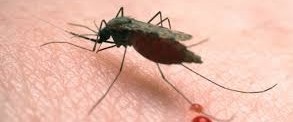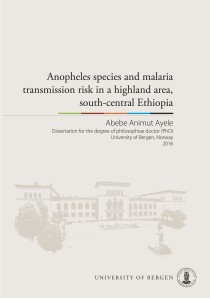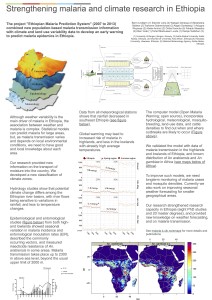Joint-PhDs are doctorates, which are done at two degree-awarding institutions. This doctorate means that you are fully registered in two universities, having to comply with admission requirements, and assessment regulations at both institutions, and it will result in one jointly awarded PhD (one diploma with the two university logos).
The other benefits for students are:
- Access to complementary facilities and resources
- Exposure to two cultural approaches to research
- International student mobility
- Enhanced acquisition of research and transferable skills, such as negotiation skills, use of videoconferencing, adaptability…
- Better networking opportunities
Recently, Hawassa University and the University of Bergen agreed on such a joint PhD degree.
This programme is funded by The South Ethiopia Network of Universities in Public Health (SENUPH), and nine PhD students have been registered at the home institution which in this case is Hawassa University. The currently available financial support is for staff at Hawassa, Dilla and Wolaita Sodo universities. We plan to admit seven more students (four women and three men) in September 2016.
You can get more information about the admission requirements and about topics that this programme will prioritise by writing to Dr Eskindir Loha or to Professor Bernt Lindtjørn.
The structure of the joint PhD programme can be downloaded here.

![Abebe [1]](http://bernt.w.uib.no/files/2016/01/Abebe-1-300x276.jpg) ds on Friday 15 January 2016 his PhD degree at the University of Bergen with a dissertation:
ds on Friday 15 January 2016 his PhD degree at the University of Bergen with a dissertation:

